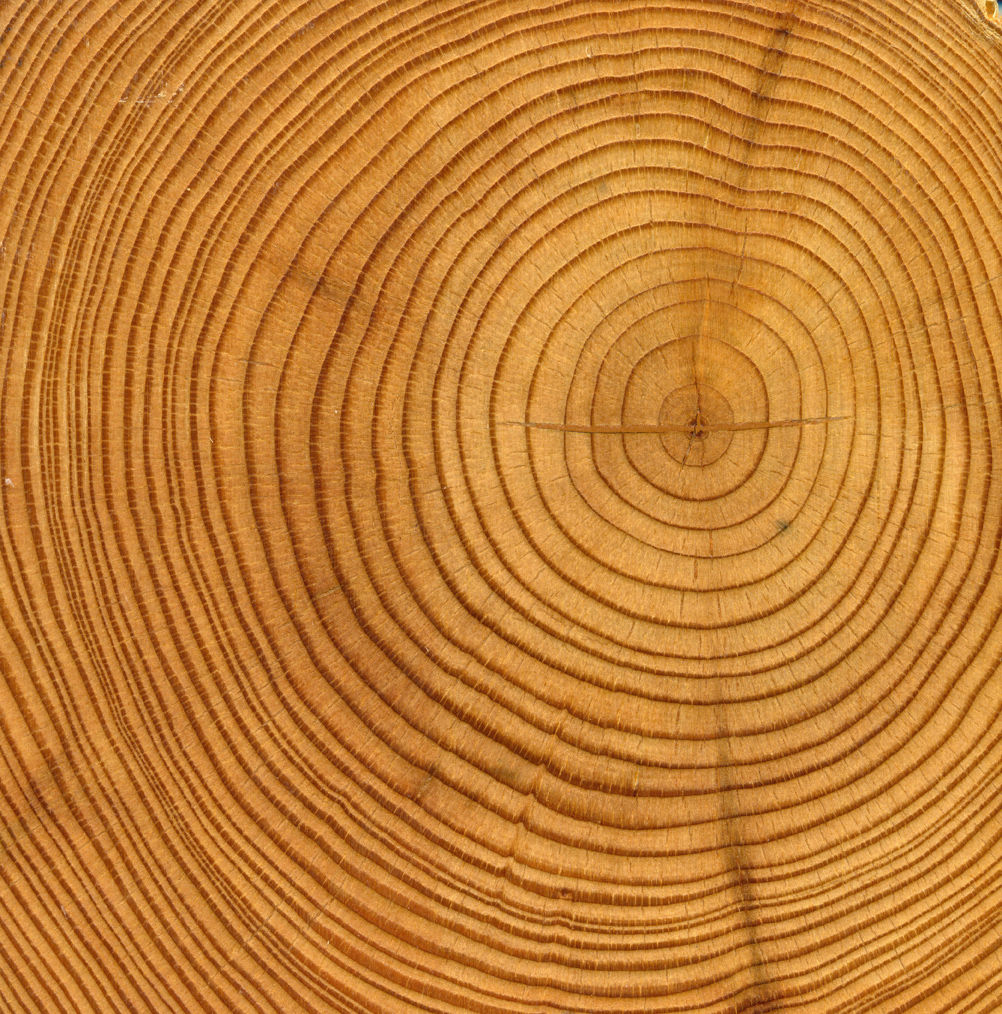

Building Green Homes
Geothermal Heat Pumps
This video created by DTEEnergy Company, discusses how a geothermal heat pump works.
A geothermal heat pump is an excellent way to use earth’s natural temperature to keep homes warm and/or cool. Geothermal heat pumps take advantage of the earth’s nearly constant temperature of around 54 degrees Fahrenheit. Although different parts of the country’s air temperatures vary from extreme cold to extreme heat, earth’s core temperature, a few feet below the surface, remains the same throughout. The system transfers heat either to or from the ground using underground pipes. Instead of creating heat, the system simply moves it, saving energy. Using the temperature of the earth as a medium of exchange rather than outside air temperatures, geothermal heat pumps allow for a 330-600% efficiency rate as compared to 175-250% efficiency of air source pumps. Ground temperature is cooler than air temperature in the summer and warmer than air temperature in the winter, this allows for a geothermal heat pump to act as the perfect unit to keep homes at an ideal temperature without using traditional energy sources.
The heat pump enhances the natural transfer of heat, from warm to cold, and it can transfer heat against the natural direction of flow, from cold to warm. Using the ground of a medium of exchange rather than highly variable air temperatures in air sources heat pumps, geothermal heat pumps conserve energy by using the more stable medium of heat exchange. Geothermal heat pumps are more expensive upfront but the money can be made back in energy savings in as little as two years. Compared to air source heat pumps, geothermal heat pumps are quieter, last longer, and need little upkeep. The lifetime of these systems run around 25 years for the inside components and over 50 years for the ground loop which is the component beneath the ground.
There are four main types of geothermal heat pumps. There are three types of closed loop systems which consist of vertical, horizontal, and lake systems, and there is the open loop system. Choosing the best system for a specific home depends on soil conditions, available land, climate, and installation costs. Horizontal closed loop systems require sufficient land and can be constructed at a shallow depth. Vertical closed loop systems do not need much land space, but is constructed at a deep depth. A lake system is used if the site has a suitable body of water that can be used to lay pipe. This system can be the most cost effective if a body of water is available. Open loop systems require an adequate supply of clean water and a look into local codes and regulations regarding groundwater discharge. [1]
[1] National Renewable Energy Laboratory, “Geothermal Heat Pumps”, Sept. 1998